Discovering Abu Simbel: Unveiling the Marvel of Rock-Cut Temples
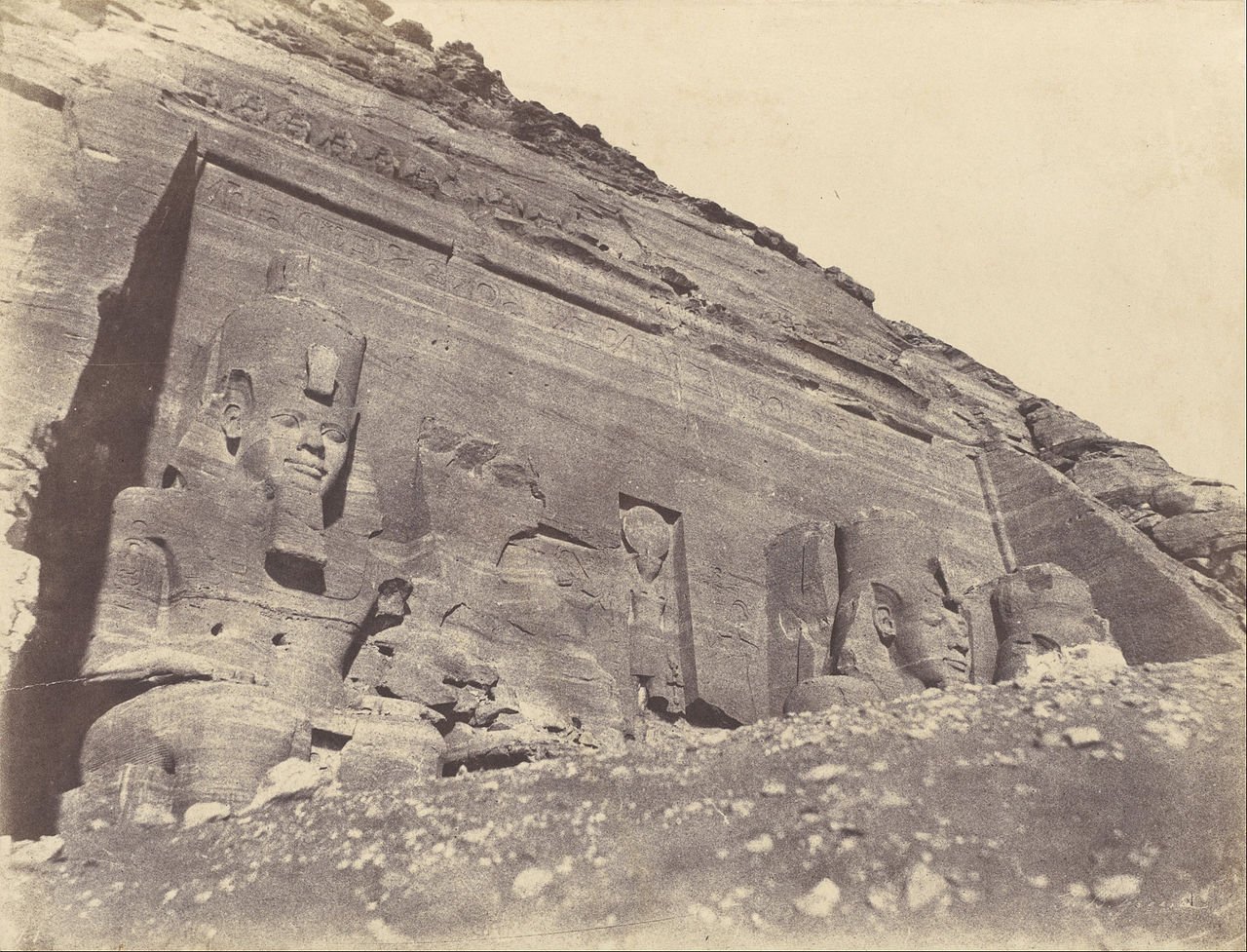
Embark on a captivating journey through time, where history and artistry intersect in the awe-inspiring Rock-Cut Temples of Abu Simbel. Nestled in the heart of Upper Egypt’s village of Abu Simbel, Aswan Governorate, these colossal testaments to ancient ingenuity stand as enduring symbols of a bygone era. Join us as we unravel the secrets, craftsmanship, and historical significance of Abu Simbel, a wonder that has captivated minds for centuries.
A Journey Through Time: From Pharaohs to Preservation
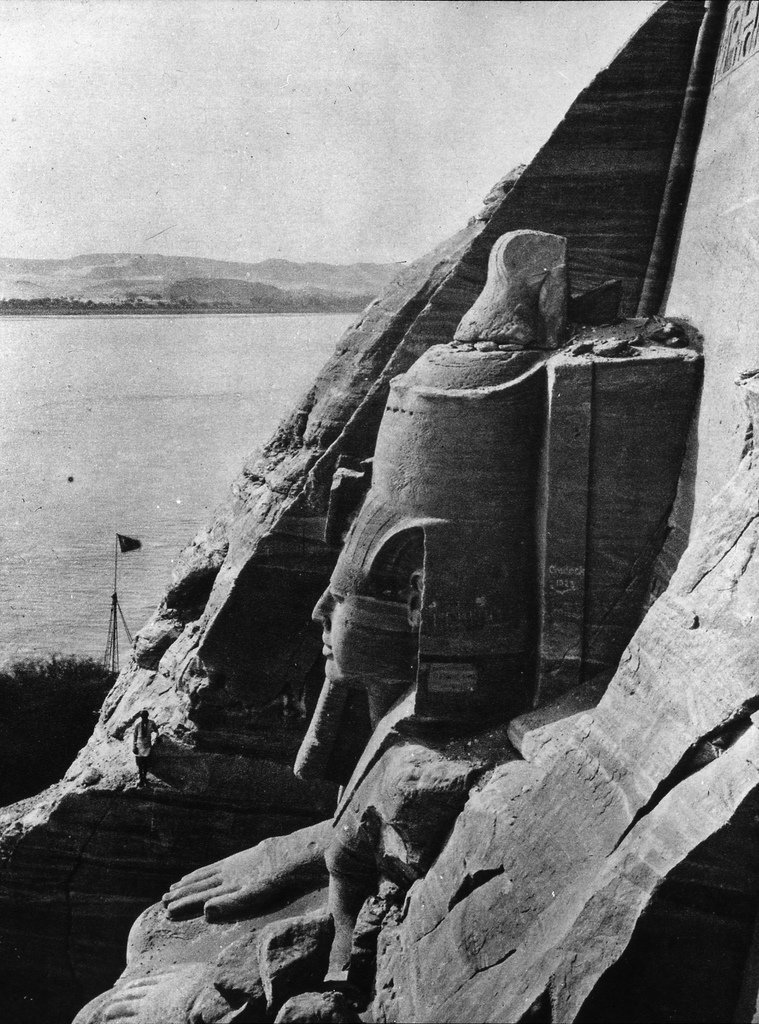
Hewn from the mountainside during the 13th century BC in the reign of Pharaoh Ramesses II, these temples showcase not only architectural brilliance but also artistic mastery. The external rock relief figures of Ramesses II, monumental in scale at a towering 60 feet each, have become iconic representations of ancient Egyptian grandeur. But the journey doesn’t stop there. Venture inside the Great Temple, where intricate sculptures narrate the heroic tales of Ramesses II’s leadership, notably at the pivotal Battle of Kadesh in 1274 BC. The details carved into the stone walls transport you to a time of conquest and triumph.
Preserving Heritage: The International Effort to Save Abu Simbel
In 1964, a monumental effort unfolded to safeguard this heritage as the construction of the Aswan High Dam threatened to submerge Abu Simbel beneath the rising waters of Lake Nasser. Witness the resilience of human determination and international collaboration as the temples were meticulously disassembled and reconstructed on higher ground, a relocation project spanning from 1964 to 1968 and costing approximately $40 million in the 1960s (equivalent to roughly $400 million today). The artificial hill that now cradles Abu Simbel stands as a testament to human innovation and the unwavering commitment to preserving the cultural heritage of Nubia. Today, Abu Simbel, along with other temples from Nubian sites, proudly holds the UNESCO World Heritage Site designation, known as the Nubian Monuments, a recognition granted in 1979.
Nubia’s Rich Heritage: A Glimpse into Ancient Egypt and Nubia
Delve into the duality of design as we unveil the architectural brilliance of Abu Simbel’s twin temples. The Great Temple, dedicated to Ra-Horakhty, Ptah, and Amun, stands imposing, while the Small Temple, dedicated to the goddess Hathor and Queen Nefertari, celebrates divine femininity and royal presence. Witness the artistic nuances and historical tales that converge within the hallowed walls of Abu Simbel, a UNESCO-awarded marvel that leaves an indelible mark on the tapestry of ancient wonders.
Majestic Entrance: Colossal Statues and Intricate Friezes
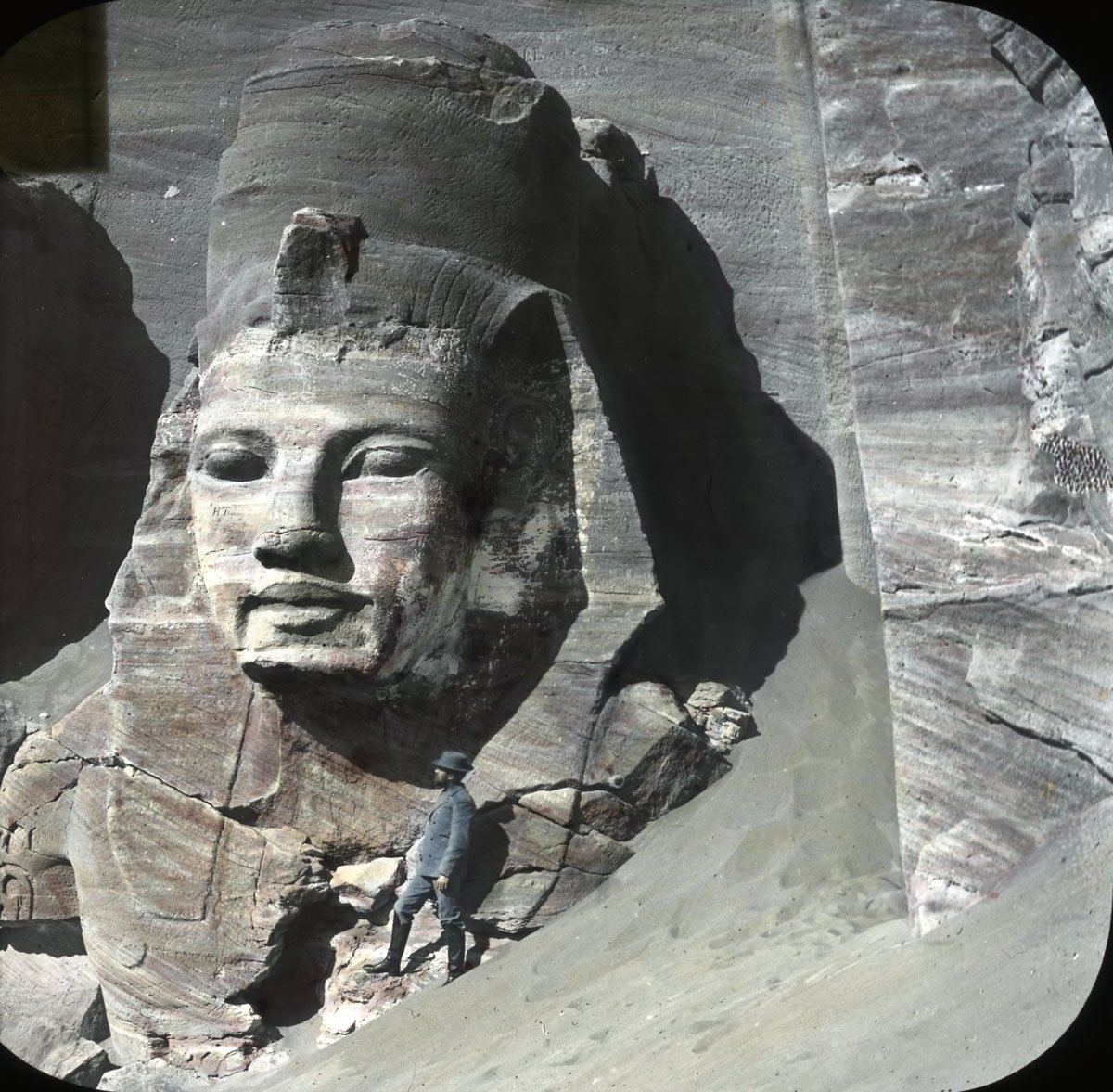
Step into the majestic entrance of the Great Temple, where colossal statues greet you with their imposing presence. Explore the intricacies of the friezes that adorn the façade, each telling a story of grandeur and divine connection. Join us as we unravel the artistic brilliance that welcomes visitors into the heart of this extraordinary monument.
Symbolism in Stone: The Battle of Kadesh Depictions
The Great Temple’s inner sanctum, the Hypostyle Hall, boasts colossal Osirid pillars linking the deified Ramesses to the god Osiris, revealing the pharaoh’s everlasting nature. Intricate bas-reliefs depict not only the Battle of Kadesh but also other military triumphs, solidifying the temple’s role as a historical narrative in stone. Explore the symbolism embedded in each scene, where sunlight illuminates sculptures on specific dates like October 22 and February 22 (Ramesses II’s birthday) in a mesmerizing play of light and shadow, showcasing the ancient Egyptians’ precise astronomical alignment.
Ancient Precision: Solar Alignment and Illumination Secrets
Venture into the realm of historical intrigue as we uncover the Greek graffito etched by King Psammetichus’ sailors who reached beyond geographical bounds in the 6th century BC. Deciphering these inscriptions adds an intriguing layer to Abu Simbel’s enigmatic history, revealing stories etched by ancient travelers who crossed the Nile and beyond.
Queen’s Dedication: The Unique Temple of Hathor and Nefertari

The Small Temple, dedicated to Hathor and Queen Nefertari, presents a unique sanctuary. Immerse yourself in the artistic details of the Hathoric columns, each bearing the face of the goddess, reflecting cultural and religious significance. Statues and pillars depict Pharaoh Ramesses II and Queen Nefertari standing side by side, a departure from traditional hierarchies, revealing the queen’s significant role in ancient Egyptian history.
Hathoric Columns: Artistic Beauty in Pillar Design
Explore the intricate reliefs showcasing offerings and rituals, revealing the deep reverence for the divine within Abu Simbel. Witness the harmonious blend of art and religion, where beauty intertwines with symbolism. Explore the unique design elements that define these pillars, each bearing the face of the goddess Hathor. Join us in appreciating the artistic beauty that transcends mere structural support, reflecting the cultural and religious significance of Hathor in ancient Egyptian beliefs. As we gaze upon these Hathoric columns, let the intricate details unveil the marriage of artistry and spirituality that graces the sacred space of Abu Simbel.
Deification in Stone: Scenes of Offering and Rituals

Step into the realm of deification as we decipher the stone-carved scenes portraying offerings and rituals within Abu Simbel. Explore the narratives etched into the walls, depicting the pharaoh and queen engaged in acts of reverence to various gods. Join us in unraveling the symbolic gestures and rituals that bridge the earthly and divine realms. As we navigate through these artistic details, witness the seamless integration of religious devotion and monumental artistry that defines the intricate tapestry of Abu Simbel.
Preserving the Past: Abu Simbel Today and Its Enduring Legacy
In our journey through the temples of Abu Simbel, we’ve traversed the corridors of time, unraveling the rich tapestry of ancient Egypt and Nubia. As we conclude this exploration, reflect on the ongoing efforts to preserve the past and safeguard the enduring legacy of Abu Simbel.
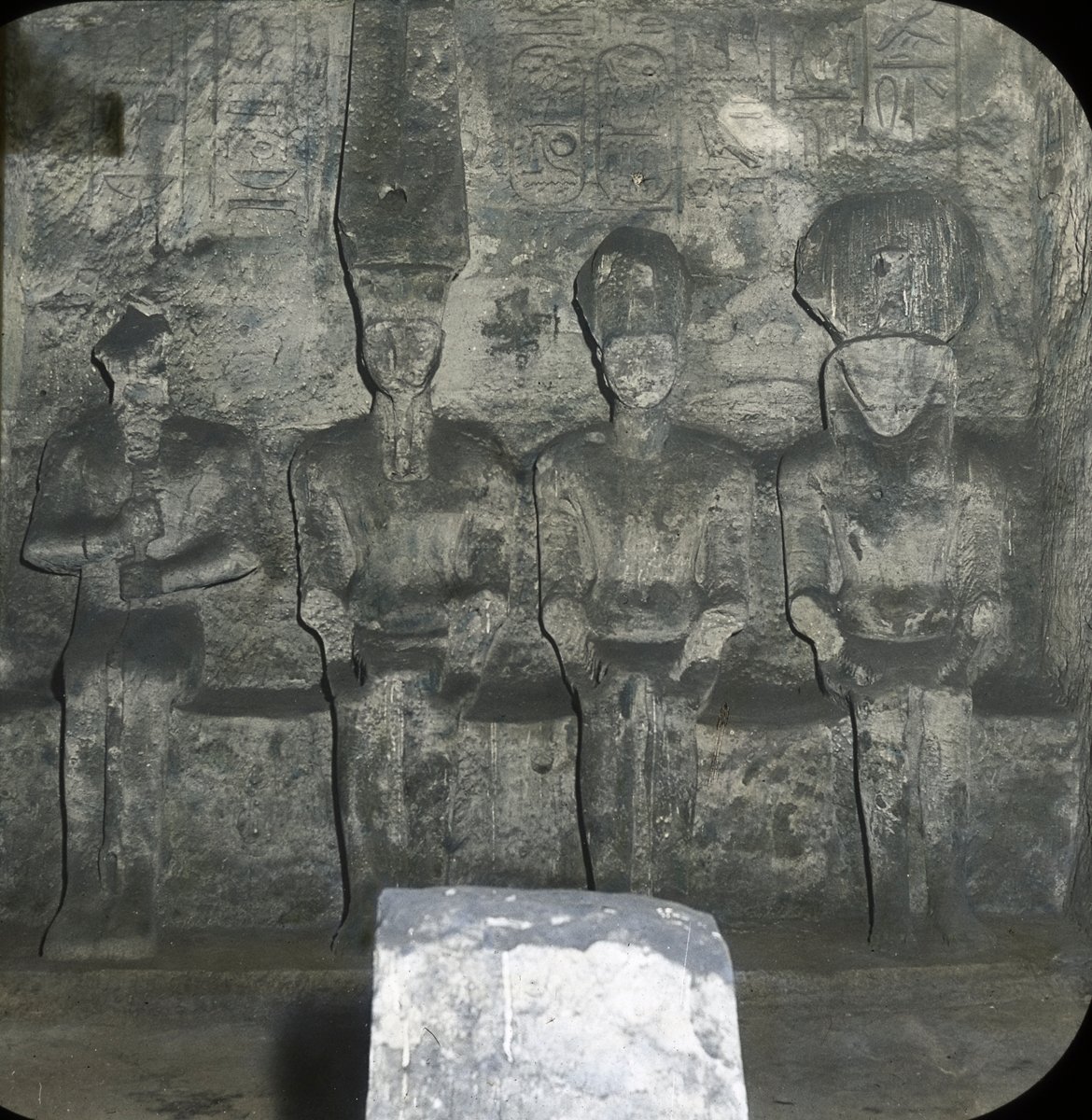
Today, Abu Simbel stands not only as a testament to the architectural brilliance of ancient civilizations but also as a symbol of international collaboration in the face of cultural preservation. Join us in contemplating the significance of Abu Simbel in the modern era, where its historical, artistic, and spiritual essence continues to captivate visitors from around the globe.
As we bid farewell to the marvels within these rock-cut temples, let us carry forward the lessons embedded in the stones of Abu Simbel—lessons of resilience, cultural interconnectedness, and the timeless beauty of human creativity. The legacy lives on, echoing through the ages, inviting generations to come and witness the grandeur of Abu Simbel.



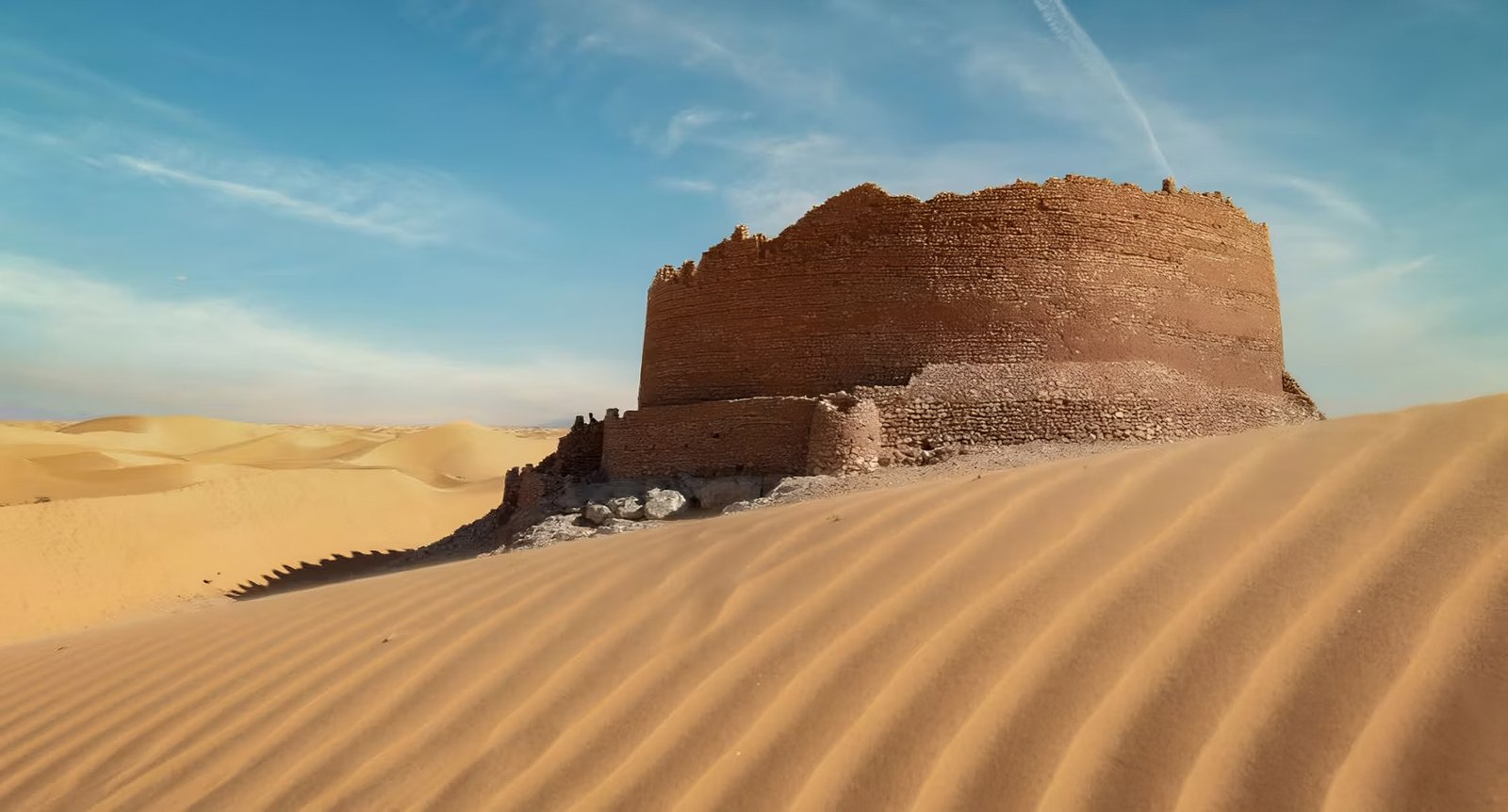
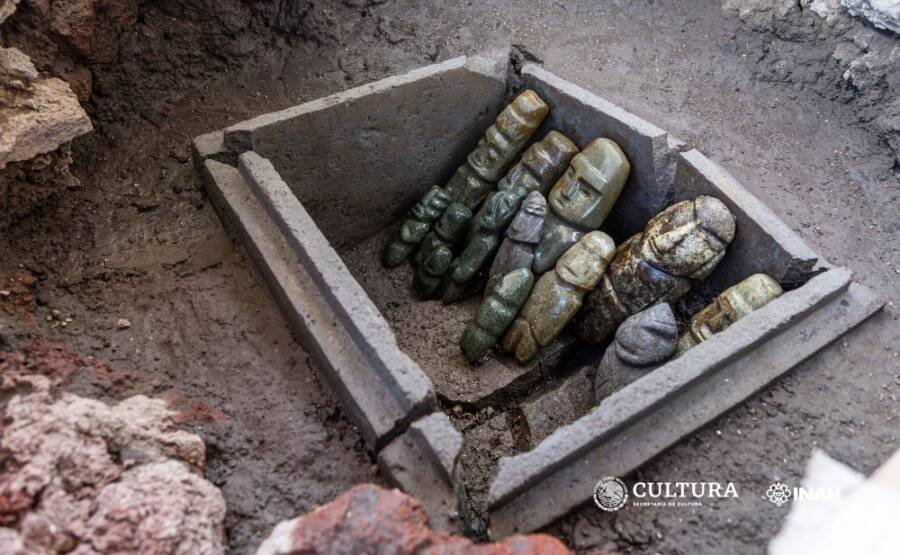


2 thoughts on “Unveiling the Majesty of Abu Simbel: A Journey Through Time and Stone”
Wonderful beat I wish to apprentice while you amend your web site how could i subscribe for a blog web site The account aided me a acceptable deal I had been a little bit acquainted of this your broadcast provided bright clear idea
This gateway is fabulous. The splendid substance displays the maker’s commitment. I’m overwhelmed and envision more such astonishing material.